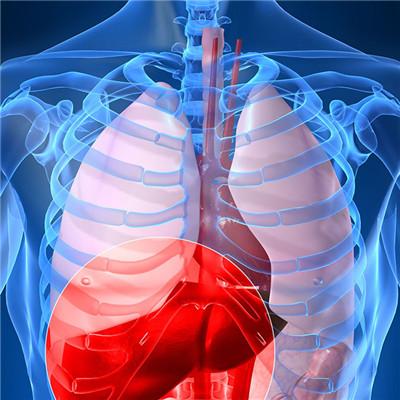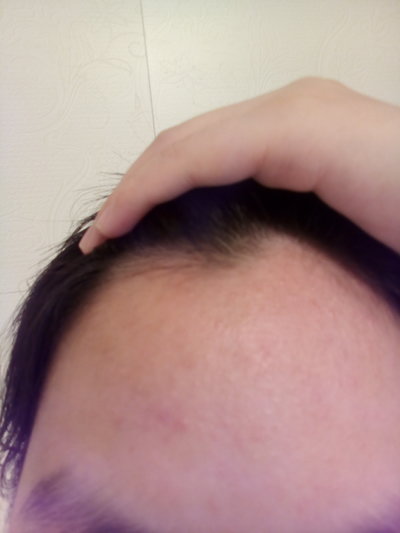How does infant rectum vagina fistula do an operation?
summary
Infant rectovaginal fistula (RVF) is a congenital or acquired passage between the two epithelial surfaces of the rectum and vagina. The main clinical manifestation of RVF is vaginal exhaust and defecation. In severe cases, the defecation can not be controlled. Most patients need surgical intervention. Due to the particularity and complexity of the local anatomy of the lesion site, the operation is difficult. If it is not handled properly, it will lead to repeated infection and high recurrence rate, which often leads to unspeakable pain and poor quality of life. Now let's learn about the operation of rectovaginal fistula in infants? It's a matter of time.
How does infant rectum vagina fistula do an operation?
First, surgical treatment of rectovaginal fistula needs surgical intervention. The choice of operation should be based on the size, location, etiology and recurrence of fistula. Proper timing of operation, adequate bowel preparation before operation and proper nutritional support after operation are very important to ensure the success of operation.
Second: drug therapy drug therapy is a necessary process in the treatment of RVF, no matter whether surgical treatment is carried out or not, it is recommended that drug therapy should be carried out for 3-6 months to control local inflammation, and a small number of patients will recover during this period( 1) External treatment with potassium permanganate solution sitz bath or use normal saline flushing, keep local clean, prevent repeated infection( 2) The use of antibiotics through effective anti infection treatment, control of rectal perineal obvious congestion, edema or inflammatory lesions, until the inflammation is controlled, congestion, edema completely subsided before surgery, can also be used for preoperative bowel preparation.
Third: the diagnosis of this disease is not difficult, but need to determine the position of high and low, with a vaginal speculum from the vagina can see the position and size of fistula. Rectovaginal fistula sometimes can be seen directly from the vagina. The position of the end of rectum and the relationship with puborectalis muscle can be detected by X-ray inversion or through fistula intubation.
matters needing attention
1. Preoperative preparation and postoperative management are very important to improve the cure rate of rectovaginal fistula. At the same time, we should pay attention to perineal care, keep the local dry and clean, and clean the secretion in time. 2. Some patients with rectovaginal fistula will have recurrent attacks, and local reoperation is difficult, which seriously affects the quality of life of patients. It is feasible to change the defecation channel by lifelong colostomy. 3. Patients with cancerous fistula need to comprehensively evaluate the survival rate and choose the optimal treatment. The patients with inflammatory RVF need to find out the etiology, actively treat intestinal inflammatory diseases and control the inducement. Patients with diabetes and other diseases need to actively treat the primary disease at the same time.
















